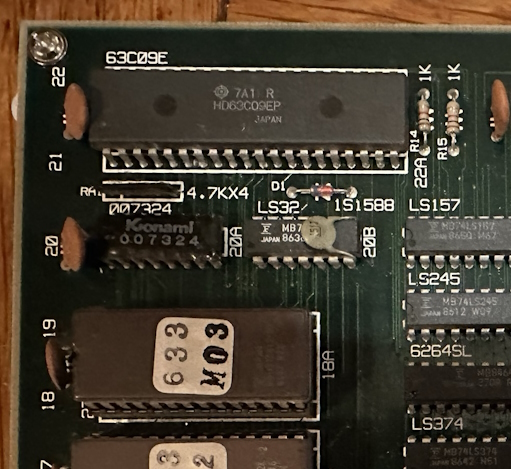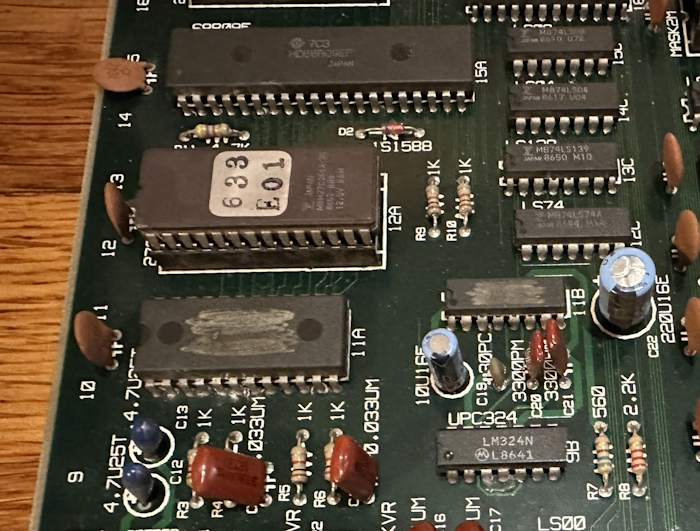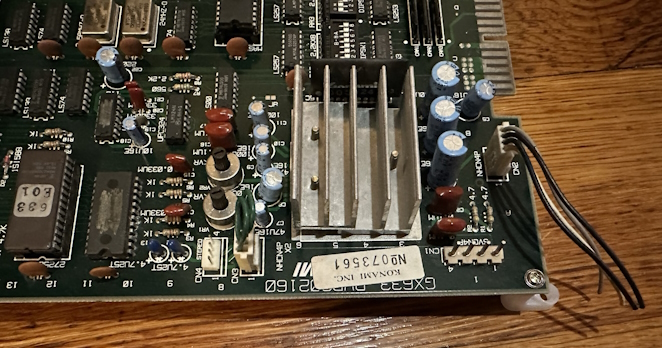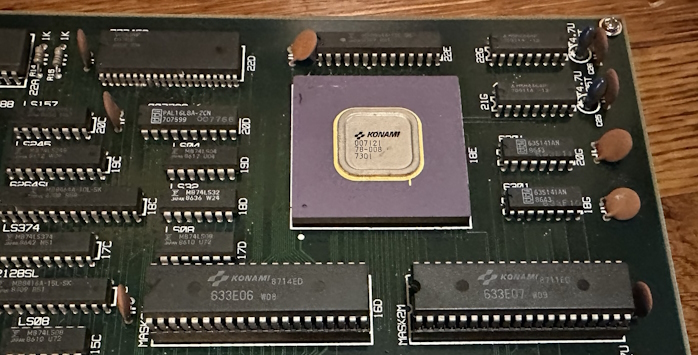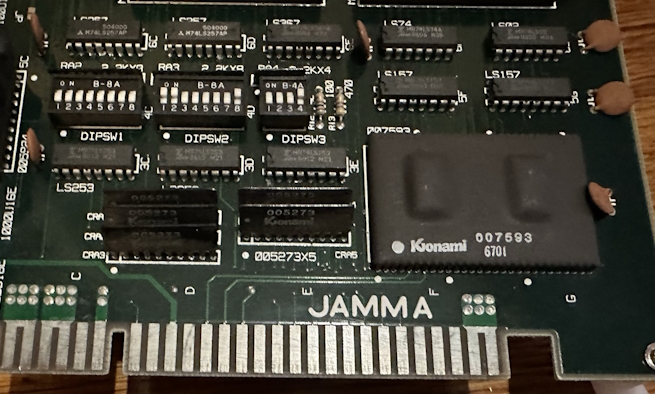The Parts-Bin Approach: Konami's Contra
Over and over, I look at games that are part of “systems”: the Sega System 1, the Hyper Neo Geo 64, the CAVE CV1000. But there ain’t no rule that says you have to organize your games that way. You could just take whatever parts are most convenient. The Panic Road board I built a pinball controller for is one example. But Konami is probably most associated with this approach. Let’s take Contra as a case study.
Contra is an arcade game?

Contra is a good example of a game whose original got completely overshadowed by the theoretically technically inferior NES port. Honestly I can see why; the NES forced the game to lose the weird vertical orientation and pastel color schemes, and it desperately needed some good co-op platformers. This version of the game’s still a fun play, though.

Arcade Contra is from 1987. I would say from a hardware standpoint, there’s nothing particularly state-of-the-art, but it’s nothing to sneeze at either. Multiple scrolling tilemaps and sprites, 15-bit color depth, and FM synth music. Admittedly, the levels are a bit shorter than the NES version.

So, how did Konami put this game together? System16.com reports a “Contra-based hardware” family, but as we’ll see, it’s only a very loose term.
The board
Here it is: the Konami GX633 motherboard, used for Contra and nothing else. Unless you count Gryzor as a different game, which you really shouldn’t. (Looking for Probotector? That name was a console exclusive)
The CPU powering the show is the Hitachi 6309. Hitachi took Motorola’s well-regarded 6809, used in the Vectrex among other machines, and upgraded it to CMOS, as well as adding some nice performance improvements. You can think of it as the V20 to the 6809’s 8088. Speaking of the 6809, Konami used one of those as the secondary sound CPU, also manufactured by Hitachi.
Take a look below to CPU to see a chip whose label is scratched off here. That’s the Yamaha YM2151 FM synthesizer, used in the famous DX100 synth. Why it (and what I presume is its DAC) have had their surfaces scratched off is beyond me; I’m not sure if this is something Konami did or something else that happened to this board over its long life.
Speaking of audio; this is actually a stereo game! You choose either stereo or mono based on the loopback connector’s position in CN3 or CN4; right now it’s in mono, but when I got it it was set to stereo; stereo sound is output through the CN2 connector, which has had its wires cut. One of these days I should wire up some RCA jacks to that connector; stereo sound on arcade boards is not common in this era.
Dual videos again
This beautiful large chip is the Konami 007121. (Konami custom chips often have a numeric code beginning with two zeroes) This is a pretty decent tilemap and sprites graphics chip, used in the following games:
- Combat School
- Fast Lane
- Flak Attack
- Contra (obviously)
- Haunted Castle
- Trick Trap
In fact, I’m pretty sure the presence of the Konami 007121 is what System16 is using to define as the “Contra-based hardware”. But it’s worth noting that not every game that used the Konami 007121 used it in the same configuration. For example, Contra has two of them.
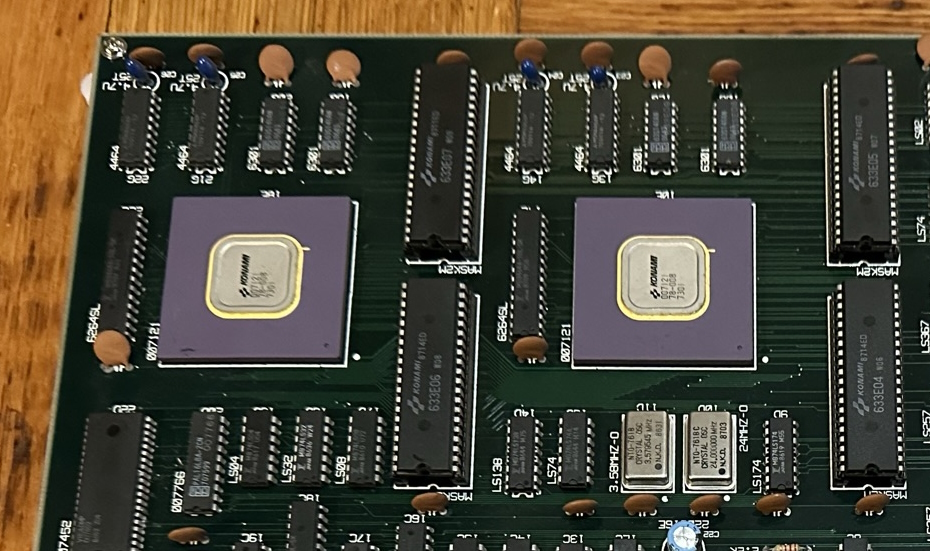
This is a lot like the SuperGrafx or the Sega System E; the difference is that this is pretty much par for the course for Konami. Note that much like the System E, I don’t believe there is as much priority control as the SuperGrafx. How the layers are drawn doesn’t vary. It doesn’t need to; this is a machine that just needs to play one game.
We’ll wrap up the video circuitry with the Konami 007593. This is another Konami part that was used in several places; here, it serves primarily as a video DAC. MAME claims it also has some I/O capability that isn’t used here. In any case, jammarcade.net has done some reverse engineering here to produce reproductions.
And yes, Konami did feel the need to extend their 00xxxx codes to the resistor packs, labeled 005273. I assume these opaque parts codes were meant at least in part to make things a little harder for bootleggers. Sure, you can’t stop them, but you can slow them down.
One more thing
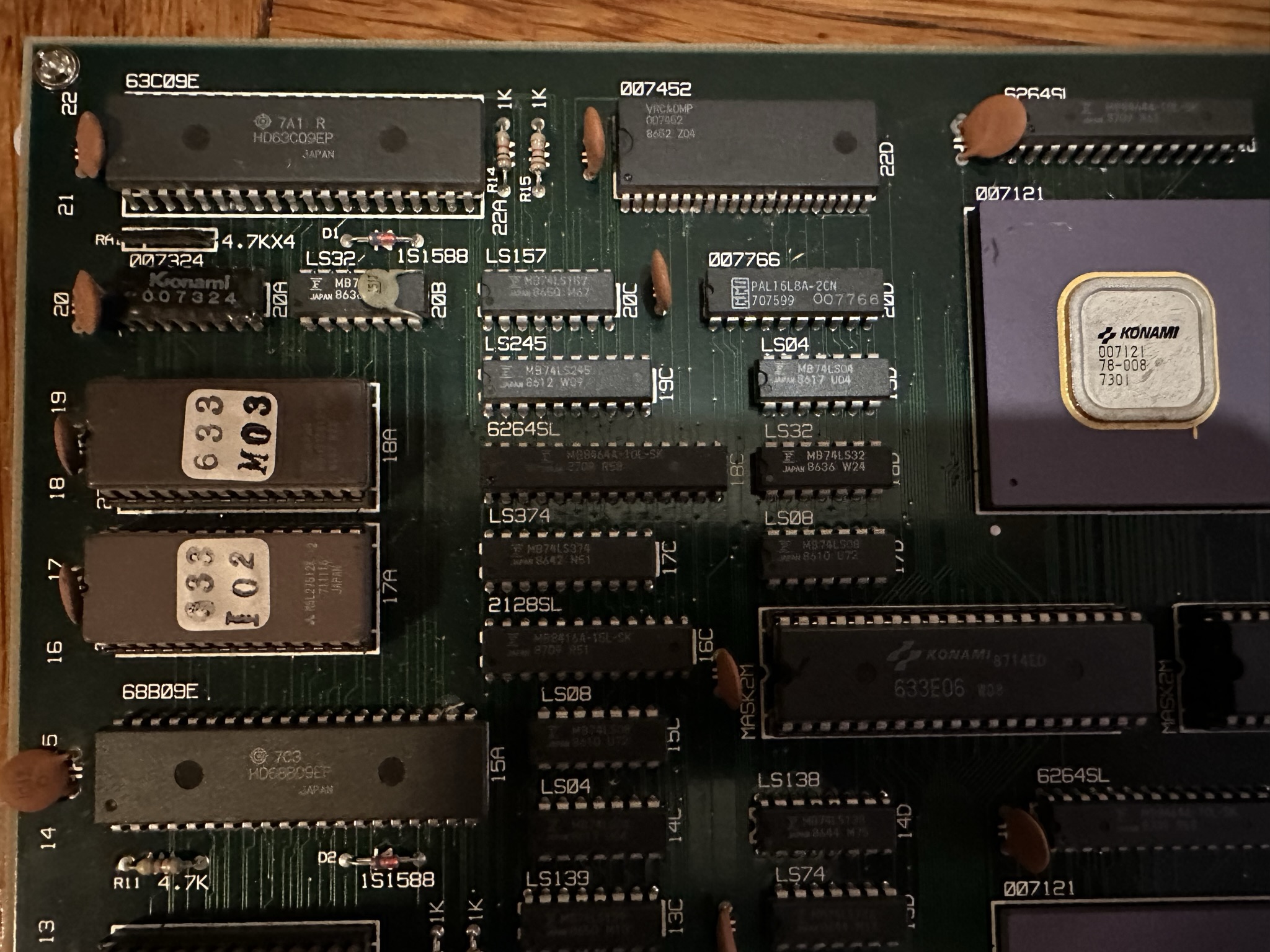
Look just to the right of the 6309 CPU in the corner: here’s another Konami custom chip, the 007452. It’s also labeled the VRC&DMP, and even better, furrtek has already done a very deep analysis of it, including decapping. The 007452 has some neat multiplication and division functionality; the 6809 has a hardware MUL opcode, and furrtek reports that the 007452’s multiply functionality isn’t used by Contra; only its division.

It also has bankswitching functionality; given the name VRC corresponds with the VRC series of mappers Konami used in Japan, that’s probably what this part of the “VRC&DMP” name means. In that case, VRC stands for Virtual ROM Controller; if I had to guess, I’d assume DMP stands for Division and Multiplication Processor, but who knows. Furrtek’s work made it into MAME 0.231 in 2021, making the 3D stages in Contra just a little harder.
Why
So, why did Konami do this? Your guess is as good as mine; maybe they preferred the flexibility for developers over the flexibility of sales. A big advantage of the “System” setup that companies like Sega used is that a flop could easily be converted into a bigger seller; in the case of the System 16 and the System E, probably Tetris. Had Contra been a flop, Konami could’ve reused some parts, but the circuitboards would be useless.
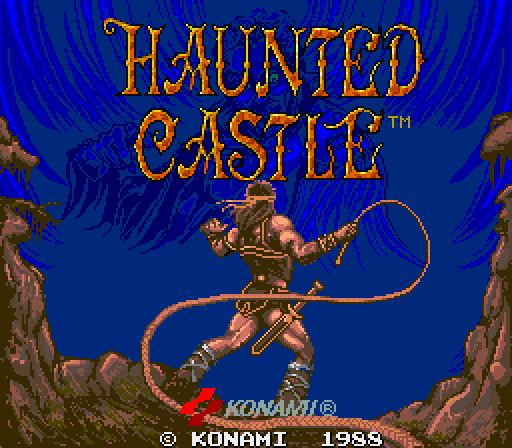
But there were other benefits to Konami’s approach beyond programmer flexibility. Here’s Haunted Castle, another Konami game that used dual 007121 graphics chips. An enterprising pirate might want to convert Contra to this game; either because it’s 1988 and it’s the hot title, or it’s 2023 and Haunted Castle didn’t sell very well (it’s not great) but is associated with a famous series, so goes for way more money on the aftermarket. Well, too bad– Haunted Castle may use the same graphics chip, but it uses different Konami sound chips and a Konami-customized CPU. Protection even today.



